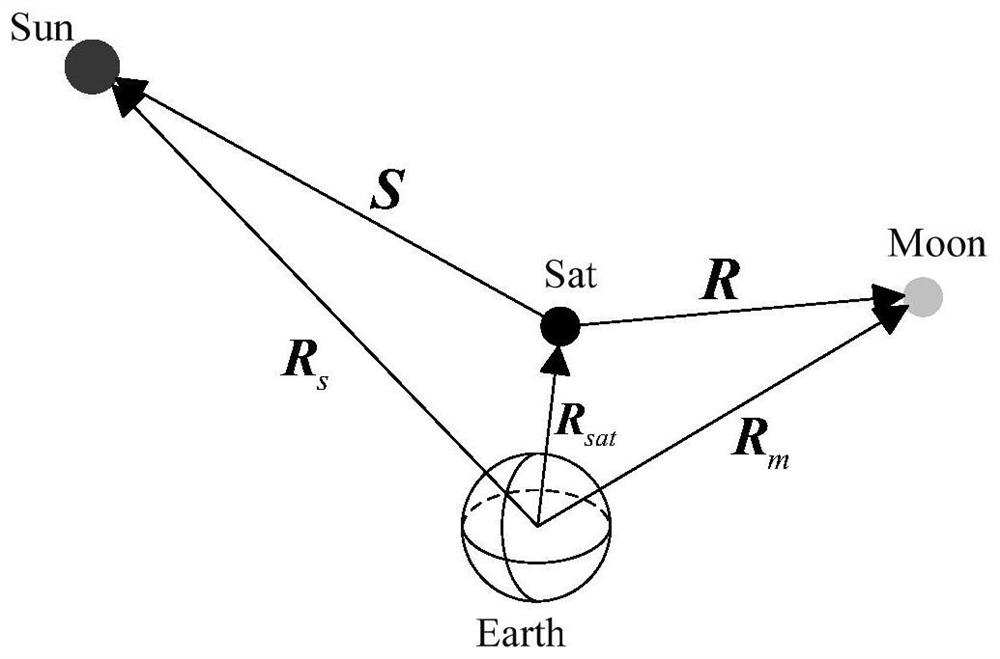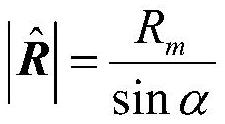Lunar center vector and sun direction extraction method based on a lunar imaging sensor
An imaging sensor and extraction method technology, which is applied in the field of satellite autonomous navigation, can solve the problems of blurred moon phase outline pixels and low precision of the sun vector direction, and achieve the effects of wide application range, reduced influence of precision, and high precision
- Summary
- Abstract
- Description
- Claims
- Application Information
AI Technical Summary
Problems solved by technology
Method used
Image
Examples
Embodiment 1
[0047] The lunar phase seen by the observer is the area of the lunar surface illuminated by the sun, which is mainly caused by changes in the relative positions between the observer, the moon and the sun. Therefore, the observed moon phase not only contains the moon center vector information, but also contains the sun vector information. Below we describe how to extract the lunar center vector and sun vector direction from a moon phase image.
[0048] Such as figure 1 As shown, the solid line circle represents the moon, O m Indicates the center of the moon, in the sensor coordinate system O′ f x s Y s Z s middle, Indicates the direction of the optical axis, denoted by f; O' m Indicates the center of the moon O m The position on the imaging focal plane, Indicates the direction that the center of the moon points to the observer, denoted by R, and the angle between the direction of the vector and the direction of the optical axis is θ. X in the picture s O' f Y S...
PUM
 Login to View More
Login to View More Abstract
Description
Claims
Application Information
 Login to View More
Login to View More - R&D
- Intellectual Property
- Life Sciences
- Materials
- Tech Scout
- Unparalleled Data Quality
- Higher Quality Content
- 60% Fewer Hallucinations
Browse by: Latest US Patents, China's latest patents, Technical Efficacy Thesaurus, Application Domain, Technology Topic, Popular Technical Reports.
© 2025 PatSnap. All rights reserved.Legal|Privacy policy|Modern Slavery Act Transparency Statement|Sitemap|About US| Contact US: help@patsnap.com



